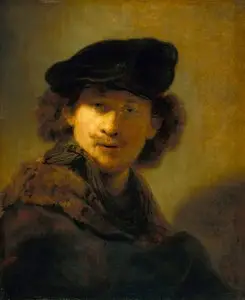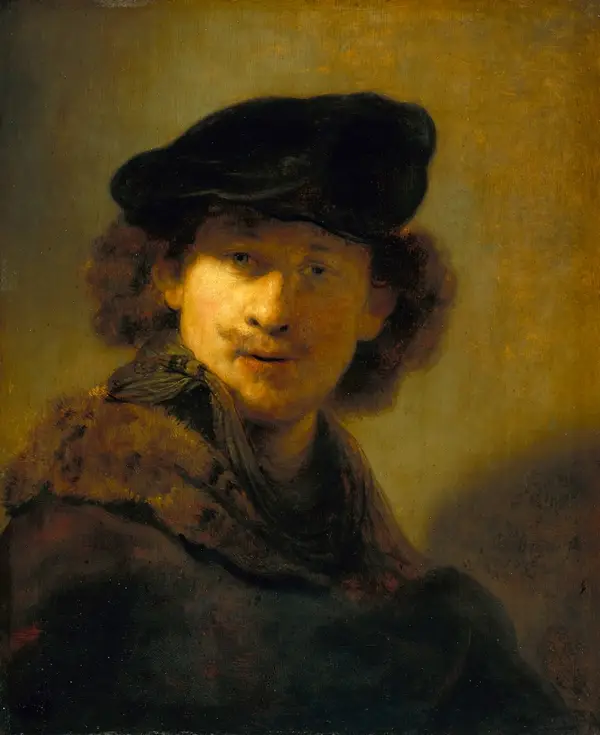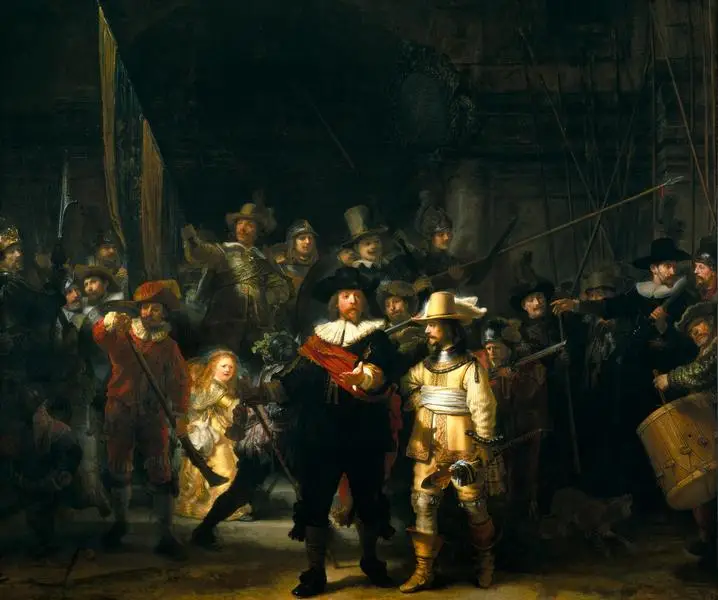Rembrandt and his apprentices
1116 jpg | up to 30000*23413 | 2.44 GB
1116 jpg | up to 30000*23413 | 2.44 GB
Rembrandt Harmenszoon van Rijn (15 July 1606 – 4 October 1669) was a Dutch painter and etcher. He is generally considered one of the greatest painters and printmakers in European art history and the most important in Dutch history. His contributions to art came in a period of great wealth and cultural achievement that historians call the Dutch Golden Age when Dutch Golden Age painting, although in many ways antithetical to the Baroque style that dominated Europe, was extremely prolific and innovative.
Having achieved youthful success as a portrait painter, Rembrandt's later years were marked by personal tragedy and financial hardships. Yet his etchings and paintings were popular throughout his lifetime, his reputation as an artist remained high, and for twenty years he taught many important Dutch painters. Rembrandt's greatest creative triumphs are exemplified especially in his portraits of his contemporaries, self-portraits and illustrations of scenes from the Bible. His self-portraits form a unique and intimate biography, in which the artist surveyed himself without vanity and with the utmost sincerity.
In his paintings and prints he exhibited knowledge of classical iconography, which he molded to fit the requirements of his own experience; thus, the depiction of a biblical scene was informed by Rembrandt's knowledge of the specific text, his assimilation of classical composition, and his observations of Amsterdam's Jewish population. Because of his empathy for the human condition, he has been called "one of the great prophets of civilization."
The Night Watch, 1642, Rijksmuseum, Amsterdam
The Night Watch or The Shooting Company of Frans Banning Cocq is the common name of one of the most famous works by Dutch painter.
Rembrandt painted The Militia Company of Captain Frans Banning Cocq between 1640 and 1642. This picture was called the Nachtwacht by the Dutch and the Night Watch by Sir Joshua Reynolds because by the 18th century the picture was so dimmed and defaced by time that it was almost indistinguishable and it looked quite like a night scene. After it was cleaned, it was discovered to represent broad day—a party of musketeers stepping from a gloomy courtyard into the blinding sunlight.
The piece was commissioned for the new hall of the Kloveniersdoelen, the musketeer branch of the civic militia. Rembrandt departed from convention, which ordered that such genre pieces should be stately and formal, rather a line-up than an action scene. Instead he showed the militia readying themselves to embark on a mission (what kind of mission, an ordinary patrol or some special event, is a matter of debate).
Contrary to what is often said, the work was hailed as a success from the beginning. Parts of the canvas were cut off (approximately 20% from the left hand side was removed) to make the painting fit its new position when it was moved to Amsterdam town hall in 1715; the Rijksmuseum has a smaller copy of what is thought to be the full original composition; the four figures in the front are at the centre of the canvas.
Apprentices: Aert de Gelder, Willem Drost, Gerard Dou, Gerbrand van den Eeckhout, Govert Flinck, Salomon Koninck, Philips Koninck, Nicolaes Maes, Samuel van Hoogstraten, Barent Fabritius, Carel Fabritius, Ferdinand Bol, Jürgen Ovens, Jacob de Wet the Elder, Jan Victors and others.
Send me a message if any link is broken
Please visit my blog on AvaxHome!
Find more artists on AvaxHome!
Please visit my blog on AvaxHome!
Find more artists on AvaxHome!





